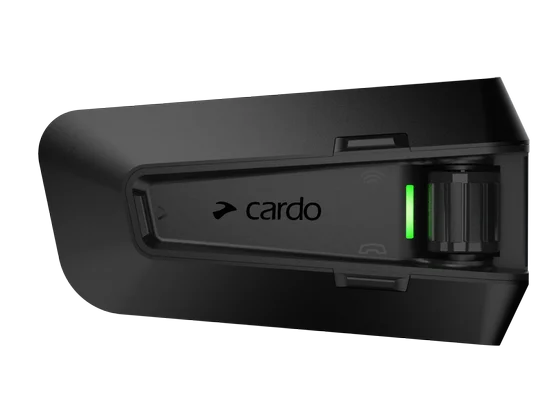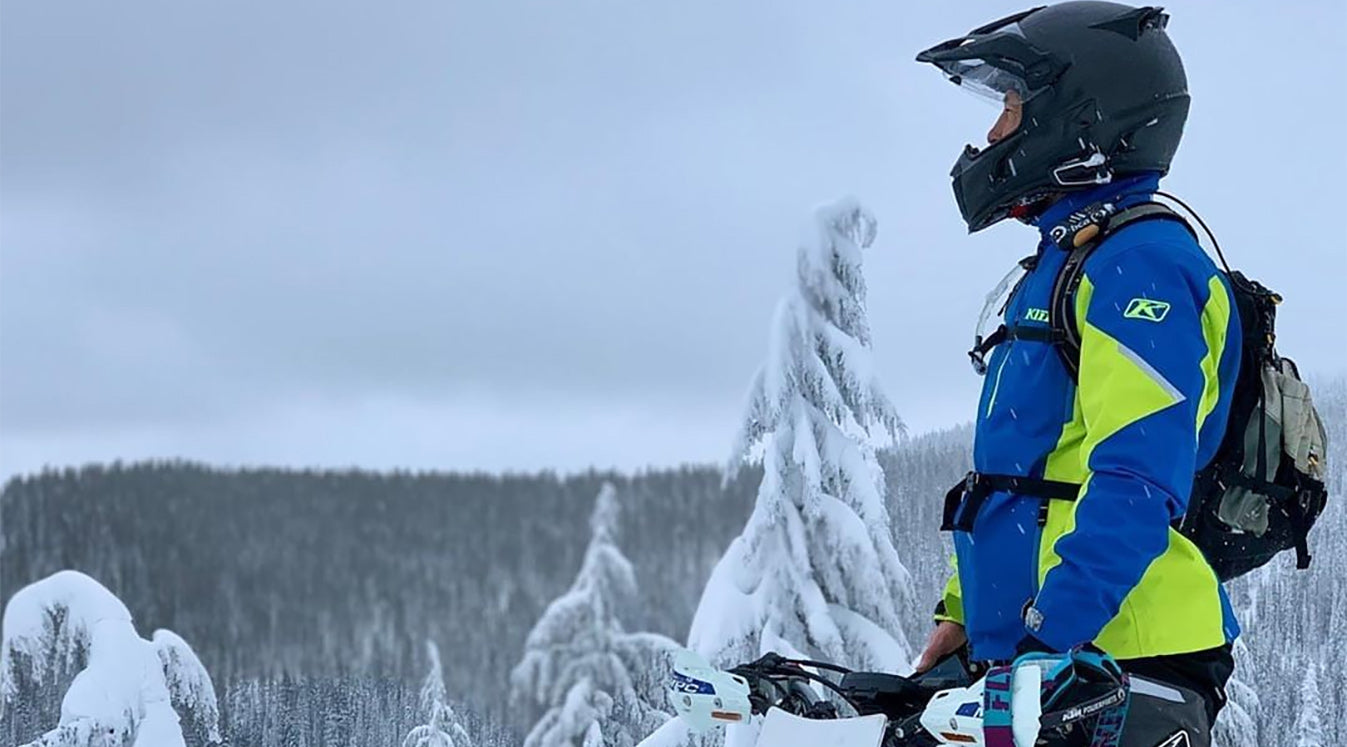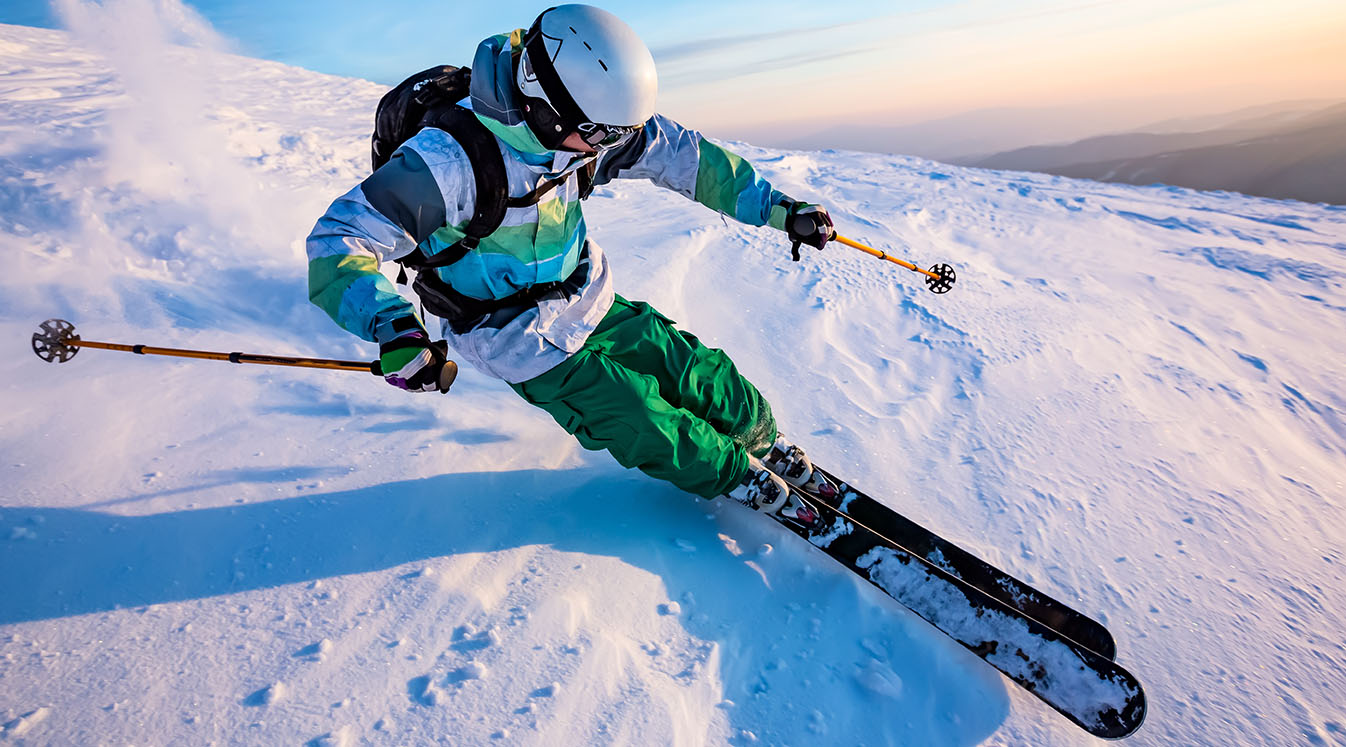Planning Your Route
The first thing you need to do is learn how to get to and from your destination. Research different trails and parks ahead of time to make sure snowmobiles are allowed and that it’s safe to camp. You might need a permit or camping pass, so find out whether you need to visit the ranger’s office in person or if you can print off your pass ahead of time.
Check the weather to make sure there’s enough snow on the ground. Many parks and resorts aren’t getting as much snow as they’re used to, so consider calling ahead to be sure. Plan out alternative routes in case the snow is too thick or thin.
Use Snowboard Helmet Speakers to Keep in TouchClothing and Equipment
You can never be over-prepared when it comes to snowmobile camping. Focus on keeping your body temperature up by dressing in several layers that you can easily remove throughout the day. Consider wearing a heated vest or bringing a sub-zero sleeping bag for extra warmth.
It’s best to stay away from cotton when selecting your wardrobe. It will absorb moisture when wet. If you start to sweat underneath your clothing, all that excess moisture could freeze, increasing the risk of hypothermia.
Your clothes shouldn’t be so tight that your body can’t breathe. Keep them loose without letting too much air get inside. Your sweat should dry naturally under your clothing to prevent freezing.
Your clothing list should include:
- – Snowmobile suit
- – Snow goggles
- – Heated gloves
- – Helmet
- – Face mask
- – Snowmobile boots
- – Insulated socks
- – Stocking cap
Bring along a first aid kit to treat illnesses and injuries on the spot. Watch out for warning signs of dehydration, hypothermia, internal sweating and other health hazards.
Find the Right Skiing Communication Device for Your TripWhen it comes to surviving in the wilderness, bring along the following items:
- – Small stove with a pot, utensils and fuel
- – Firestarter
- – Waterproof backpack
- – Fluorescent tape
- – GPS
- – Headlamp
- – Hunting knife
- – Map, compass
- – Multi-tool
- – Saw for wood
- – Solar charger
- – Shovel
- – Snow Probe (10 ft. min.)
- – Spare batteries
- – Tin foil
- – Toilet paper
- – Waterproof lighting source, such as a flint
- – Whistle
- – Winter tent with insulation
- – Spark plug wrench
- – Screwdrivers (Flathead and Phillips)
- – A tow rope
- – Rags
- – Bungee cords
- – Pliers
You should know how to use these tools in case of emergency, including quick repairs to your snowmobile.
Bluetooth Communication
It’s always best to use snowmobile helmet communicators when traveling long distances. You can install a wireless headset into your snowmobile helmet to use your phone or GPS hands-free. You can quickly coordinate with the other members of your group, check for directions or radio for help in an emergency.
You can also mount your phone or GPS to your snowmobile to interact with your device while traveling. Keep it close to your range of vision without blocking your view of the trail. It should be easy to access as you continue towards your destination.
Conditions can change at the drop of a hat when you’re exploring the wilderness. Use snowmobile helmet communication to make sure you have the latest information. A sudden avalanche or storm could force you to change course. Stay in touch with local authorities to steer clear of potential snow traps. Keep them abreast of your location so they can find you in an emergency.
You can never be too careful when taking off on a long trip on your snowmobile. Bring along the right equipment to make the most of your time in the wilderness during the most wonderful time of the year.





